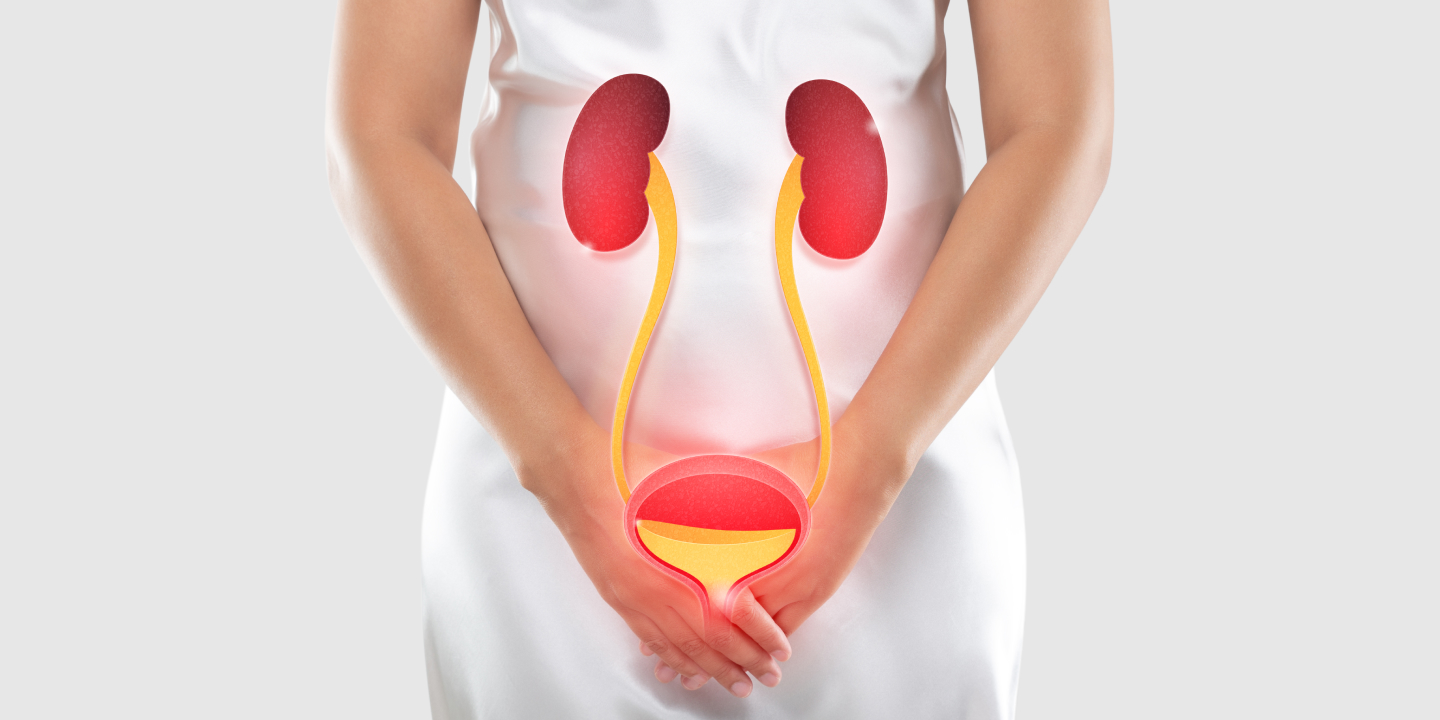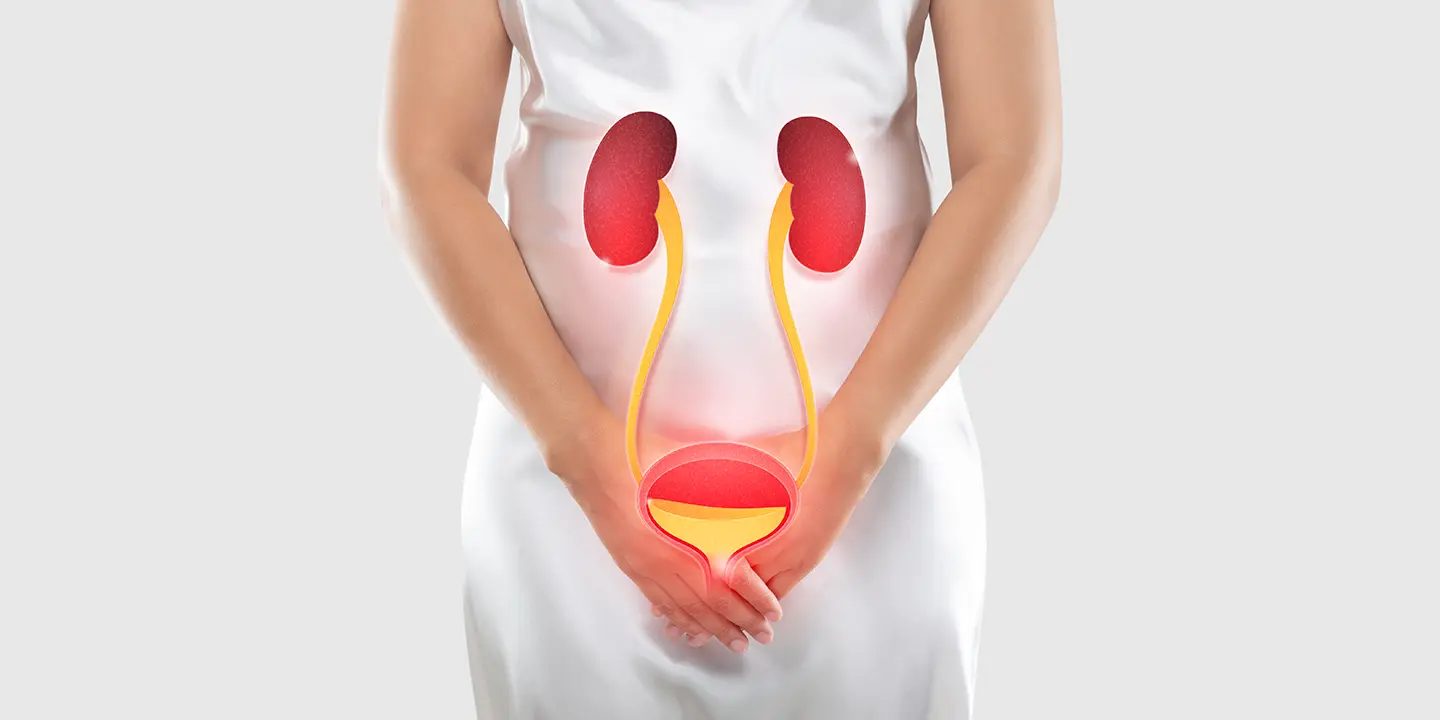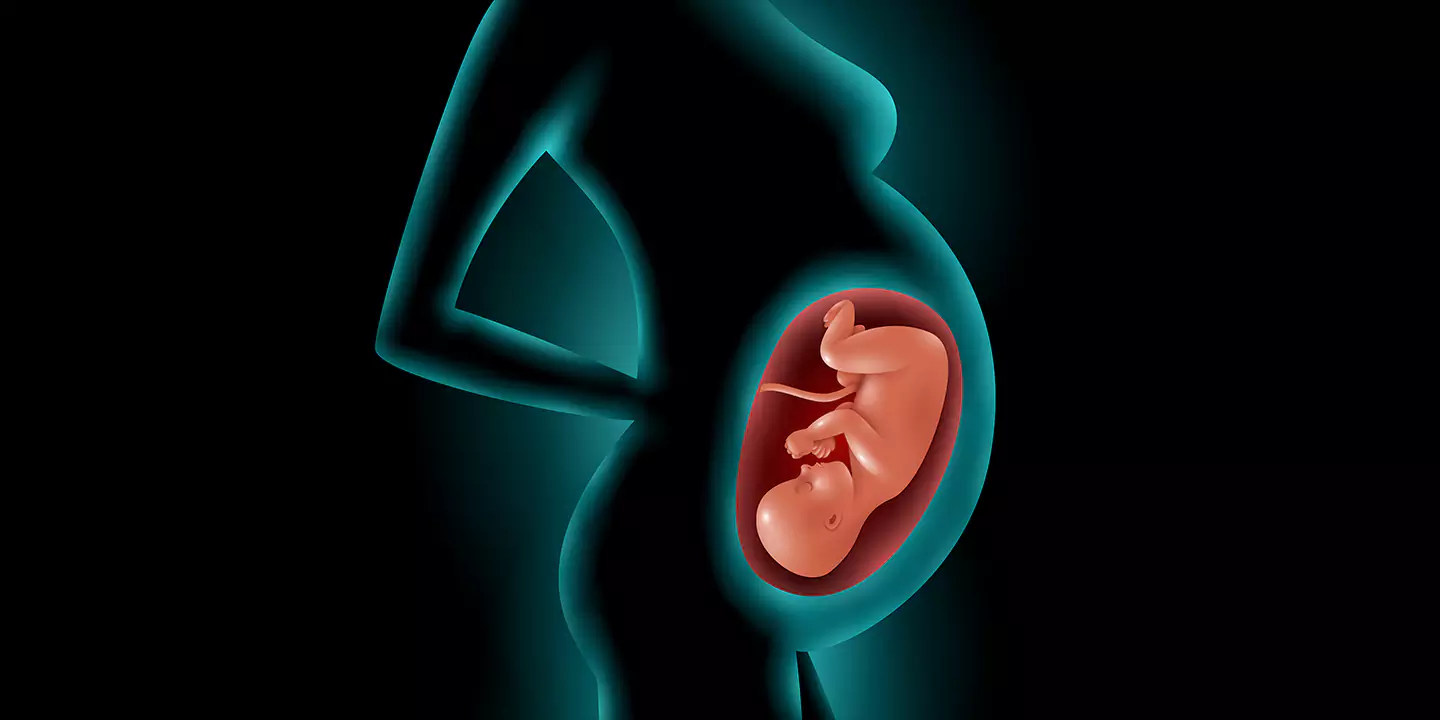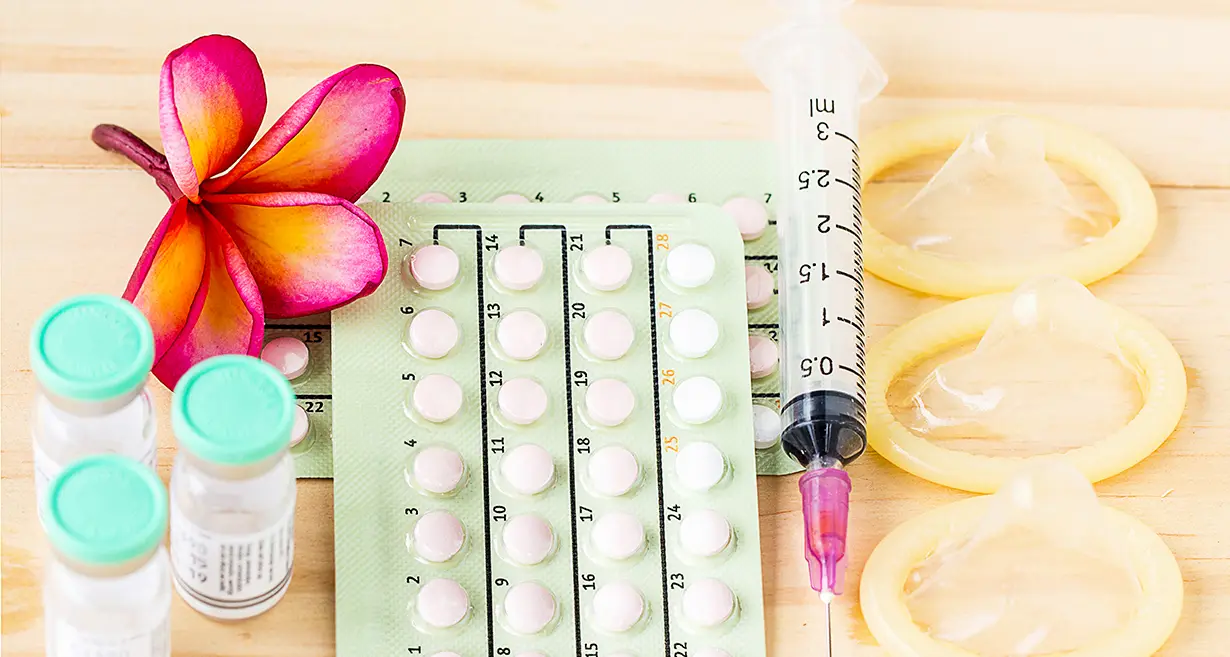
Hysteroscopy is a simple procedure that is used to examine and treat the problems of the cervix and the uterus. It is a minimally invasive procedure that involves the insertion of a small-diameter device, called a hysteroscope, into the uterus through the vagina. This device comprises of a camera and a small light at the end that allows the surgeon to examine issues more clearly.
Purpose of Hysteroscopy
Hysteroscopy treatment aims to examine or treat a variety of problems related to the uterus or womb. It can be either performed for diagnostic or operative purposes.
Diagnostic Hysteroscopy
Diagnostic hysteroscopy can be performed in the following circumstances:
• To investigate abnormal uterine bleeding
• To diagnose conditions such as polyps or fibroids
• To examine fertility issues
• To diagnose the reason behind repeated miscarriages
• To investigate severe pelvic pain
Operative Hysteroscopy
Operative hysteroscopy is usually performed in the following circumstances:
• To remove intrauterine adhesions
• To remove fibroids or polyps
• To remove an intrauterine device placed into the uterus for the purpose of birth control
• To take a biopsy (a small tissue sample) for further investigations
• To carry out a sterilization procedure
Preparing for a Hysteroscopy
If you’re considering a hysteroscopy, there are certain guidelines which you need to follow from a week before the procedure. These guidelines include:
• Take a pregnancy test before your hysteroscopy
• Use appropriate contraception as hysteroscopy cannot be performed on the pregnant women
• Stop smoking
• For removal of fibroids, take proper medications beforehand
Procedure of Hysteroscopy
According to the best gynecologists in Delhi, hysteroscopy is often performed as an outpatient procedure. Prior to the procedure, an instrument called a speculum is inserted into the vagina to facilitate the insertion of a hysteroscope. Then, a hysteroscope is inserted into the uterus through the cervix.
After the insertion of a hysteroscope, a liquid or carbon dioxide is sent into the uterus to make it easier for the gynecologist to see inside the vagina. Furthermore, the camera at the end of the hysteroscope sends pictures to a monitor so that the gynecologist can spot abnormalities. If the procedure is being utilized for surgical purposes, the surgical instruments are then entered through the hysteroscope to perform the surgery. The duration of the procedure can vary from 5 minutes to 30 minutes depending upon the purpose of the surgery.
Recovery Period
The length of the recovery period depends on the purpose of the procedure. Though hysteroscopy is a safe procedure, patients may experience some bleeding, cramping, or dizziness that can be similar to period pain. If a general anaesthetic is used before the procedure, it is always advisable to take rest for a few days.
In order to avoid any complications, you must only visit the best clinic for hysteroscopy wherein skilled and experienced gynecologists are known to provide the best hysteroscopy treatment with utmost precision.






























































































































































































